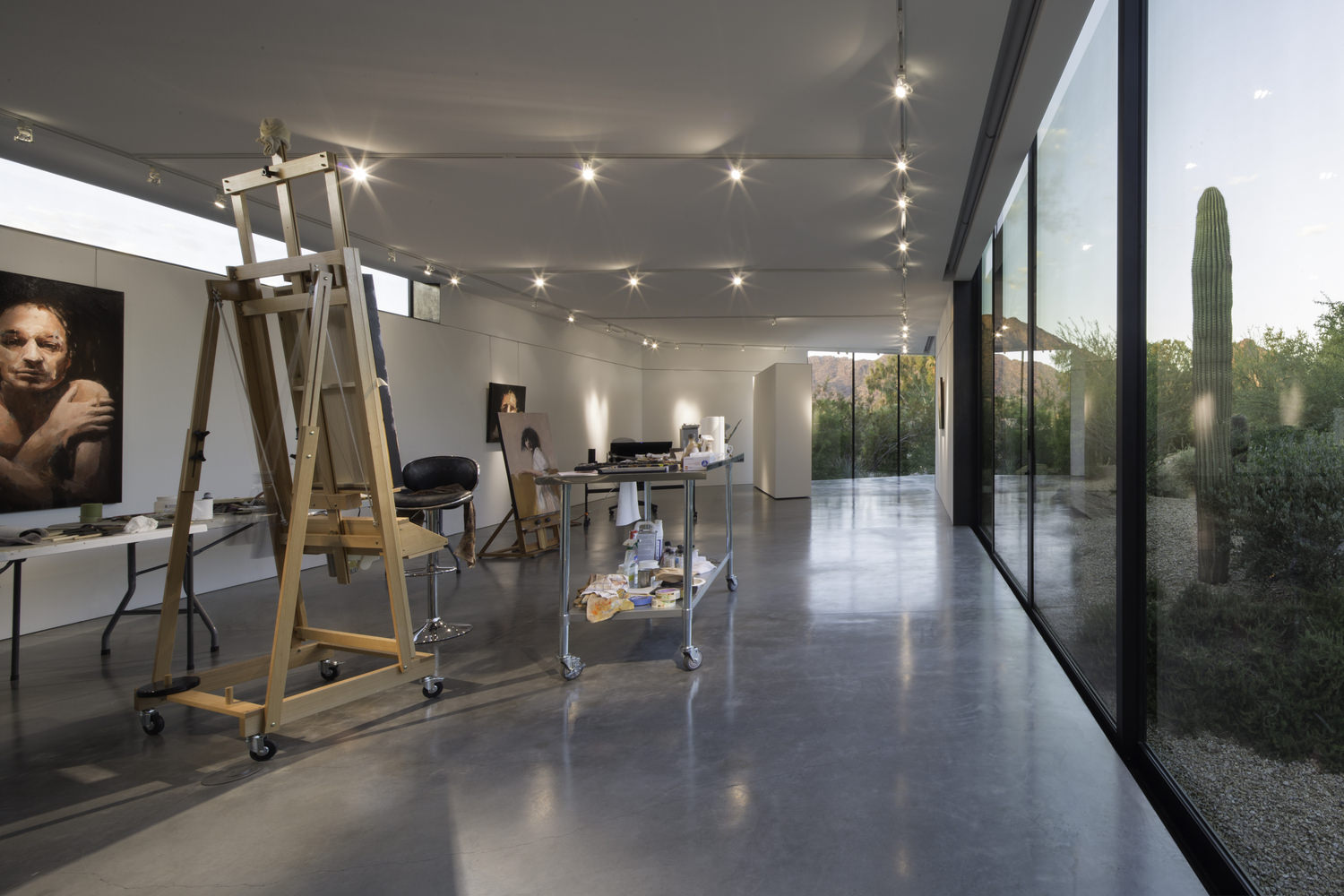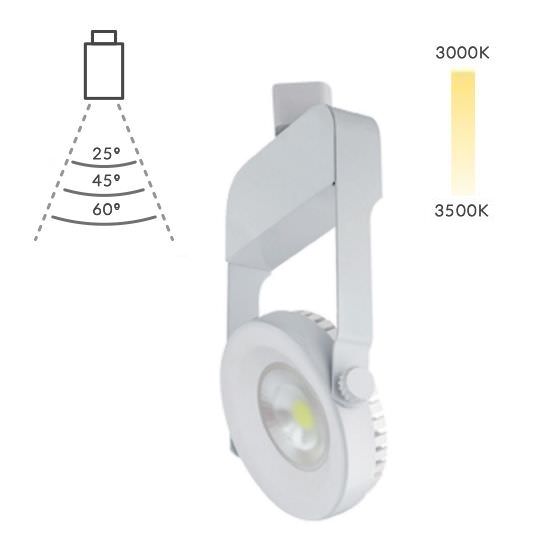Basics of the art of lighting
David Al-Hakimi wrote about the art of lighting that it is not a soft science but rather choosing the right lighting for any space can be a complicated decision. Considerations must be taken with regard to the purpose, application, form, and function of lighting.
The art of lighting
Design and aesthetics also play an important role in the issue of the art of lighting. With so many lighting options available on the market, it takes specialist knowledge and understanding to determine the best fit for where to install the lighting. The public place may be more difficult than others in determining the type of lighting, in addition to the quality of lighting definitely varies from one building to another and from one institution to another.

LED lighting and natural sunlight: CRI and color temperature:
Natural lighting is very important to display or produce art. Sunlight has the highest CRI (Color Rendering Index), is the measure of a light source’s ability to accurately detect the colors of different objects and a true representation of the actual colors in the art piece. If natural lighting cannot be reached, the LED lighting is closer to reproducing natural light. LED lighting emulates the characteristics of sunlight, specifically CRI temperature and light color temperature.
Contrary to popular belief, sunlight is not yellow. With color temperatures ranging from 5200 K to 6400 K, sunlight is actually blue. These are the closest artificial lighting temperatures that can come to natural sunlight and also the recommended color temperature range for lighting art.
To clarify more about the (Color Rendering Index) CRI: it is a quantitative measure of the ability of an artificial light source (such as LED, fluorescent, halogen, incandescent, etc.) to accurately detect the colors of a lit subject compared to a natural sunlight source.
So sunlight, the standard for CRI, is to accurately detect subject colors. CRI of 90 means that an artificial light source is about 90% of the visible color spectrum that the sun will produce in the same color.

Benefits of LED track lighting:
More art galleries, retail chains and shopping malls have turned from halogen and fluorescent lighting fixtures to LED track lights. Some initial concerns for smaller art galleries were the initial costs associated with considering LED track lighting as they are more expensive than traditional halogens, however, LED track light prices have fallen to match halogen fixtures or fluorescent lights. In addition, the benefits of using LED lighting for design art must be taken into account, including art conservation (80 percent halogen temperature reduction) and low electricity bills.
LED lighting consumes a small portion of the gallery’s traditional lighting power, and thermal radiation from some lights has become a problem to pay attention to. One of the most useful aspects of the LED track lighting option is that it reduces heat and increases color rendering. This is important anywhere, but in an area like an art gallery, they are essential elements for display and preservation. Indeed, even in dim lighting, LED track lights retain the appropriate spectrum of light so that true colors are displayed correctly.
![]()
![]()
Art lighting and the effect of color temperature and lighting in an art gallery:
Natural lighting (sunlight) is often the perfect solution for artistic presentation, but this is simply not an option in most spaces. The second best thing is a well-lit studio, and this is where artistic factors enter into when choosing gallery lighting. Color temperatures and color rendering indexes are used to get as close as possible to an accurate display of art. White light is measured in its purest grades at 6500 K. Many artists paint lamps closer to 5000K, which is less “blue” or cool. The more colors from a light source, whether yellow or blue, the more original art colors are distorted when viewed. The goal is to get as close to pure white as possible.
Read also: Zaha Hadid Architects complete the latest cultural center in China
Trimless comfortable removable LED lighting is a preferred option as well as professional track lighting. Comfortable, adjustable lighting provides a cleaner and more upscale look, preferably in under roof applications.
The summary of this can be summarized in the following points:
- LED lights with the correct specifications (CRI + 5000K-5300K height) make artwork artworks place more accurate and impact, instead of halogen bulbs or fluorescent lighting, which tends to distort colors by adding color and color tones in them (usually yellow and orange).
- LED lighting unlike halogen lighting, does not contain heat and ultraviolet (UV) radiation that can oxidize dyes and cause other forms of damage to rare silk or photographs and old paintings.
- Three-way lights, such as track lighting and adjustable pendant lighting, provide the most flexibility for light to correctly target the desired piece of art.



 العربية
العربية
Comments are closed.